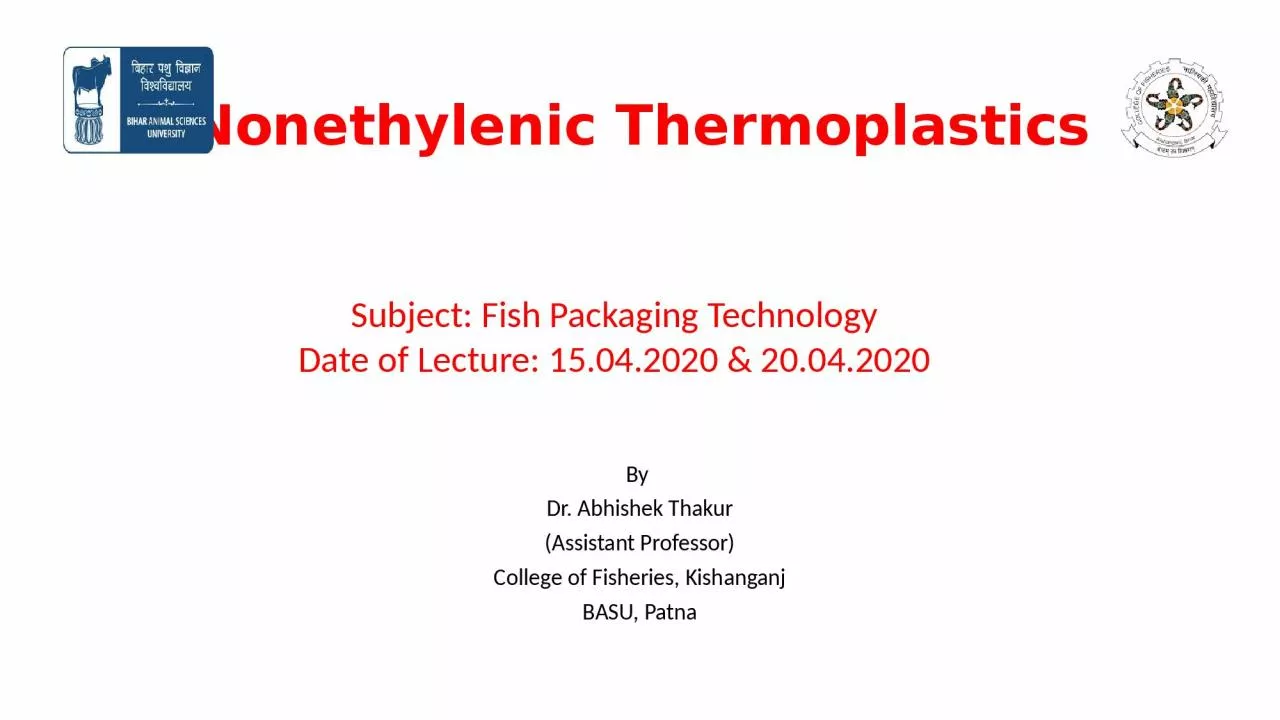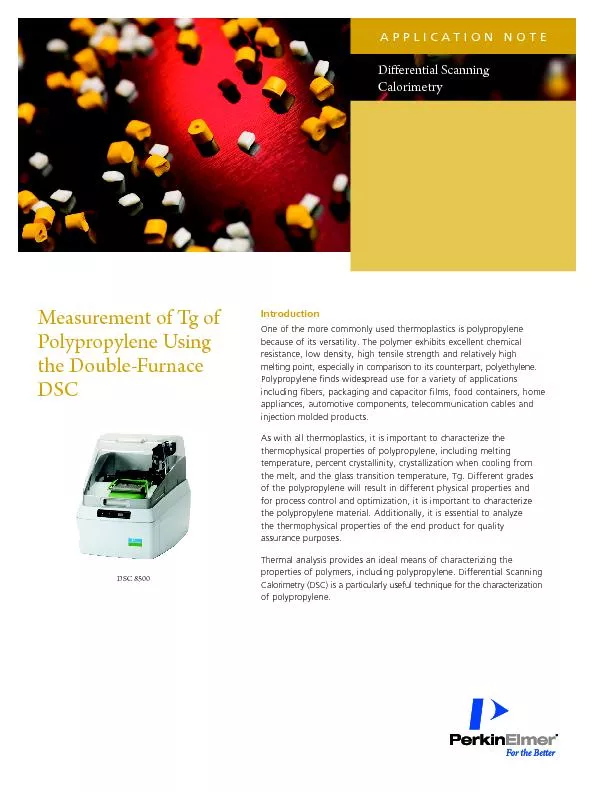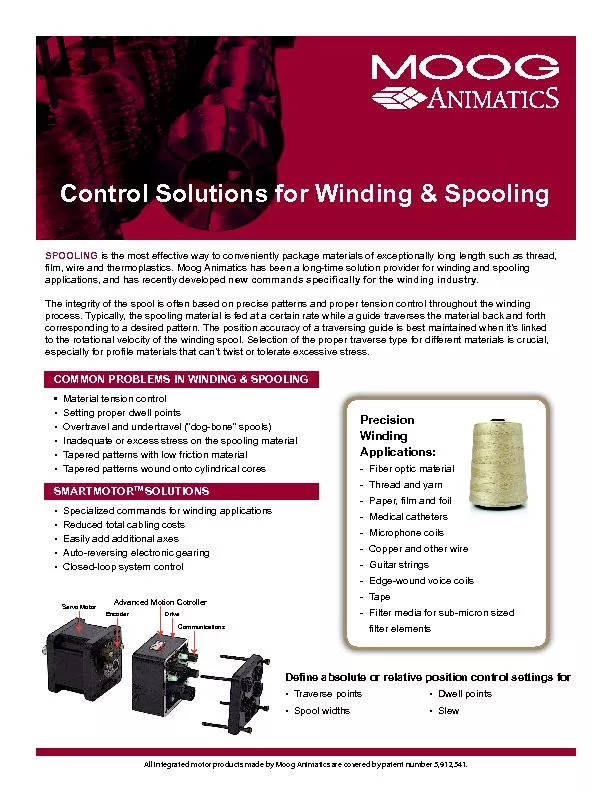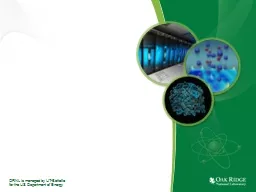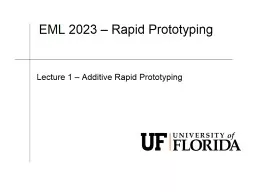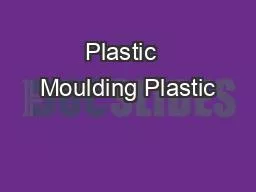PPT-Nonethylenic Thermoplastics
Author : lily | Published Date : 2023-08-23
By Dr Abhishek Thakur Assistant Professor College of Fisheries Kishanganj BASU Patna Subject Fish Packaging Technology Date of Lecture 15042020 amp 20042020 Polyamides
Presentation Embed Code
Download Presentation
Download Presentation The PPT/PDF document "Nonethylenic Thermoplastics" is the property of its rightful owner. Permission is granted to download and print the materials on this website for personal, non-commercial use only, and to display it on your personal computer provided you do not modify the materials and that you retain all copyright notices contained in the materials. By downloading content from our website, you accept the terms of this agreement.
Nonethylenic Thermoplastics: Transcript
Download Rules Of Document
"Nonethylenic Thermoplastics"The content belongs to its owner. You may download and print it for personal use, without modification, and keep all copyright notices. By downloading, you agree to these terms.
Related Documents

